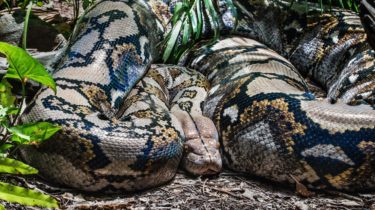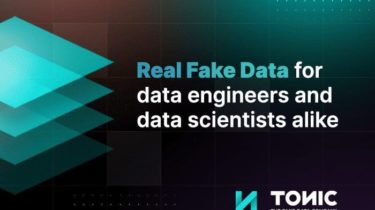Python for Machine Learning (7-day mini-course)
Python for Machine Learning Crash Course.Learn core Python in 7 days. Python is an amazing programming language. Not only it is widely used in machine learning projects, you can also find its presence in system tools, web projects, and many others. Having good Python skills can make you work more efficiently because it is famous for its simplicity. You can try out your idea faster. You can also present your idea in a concise code in Python. As a practitioner, […]
Read more








